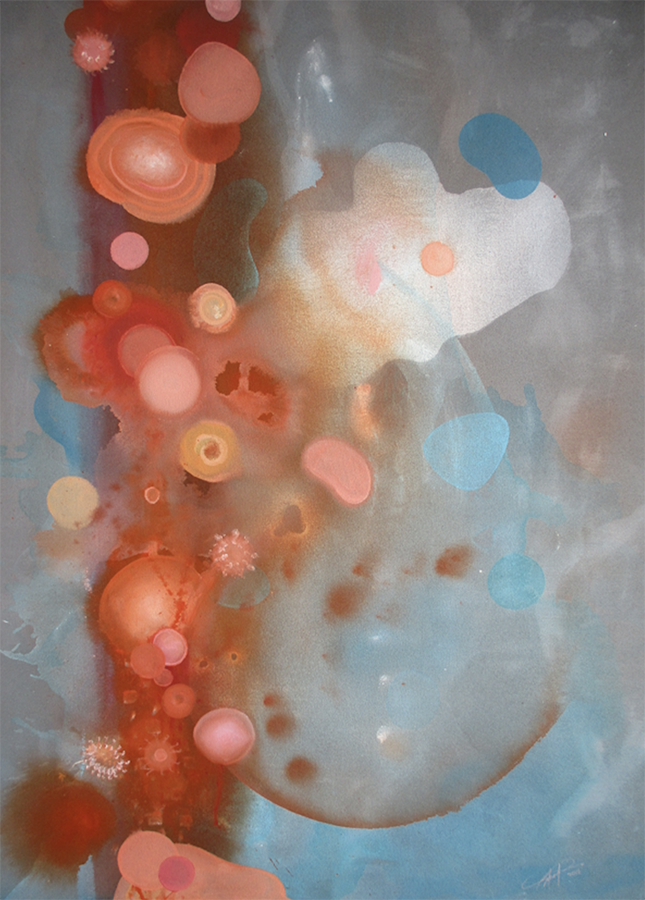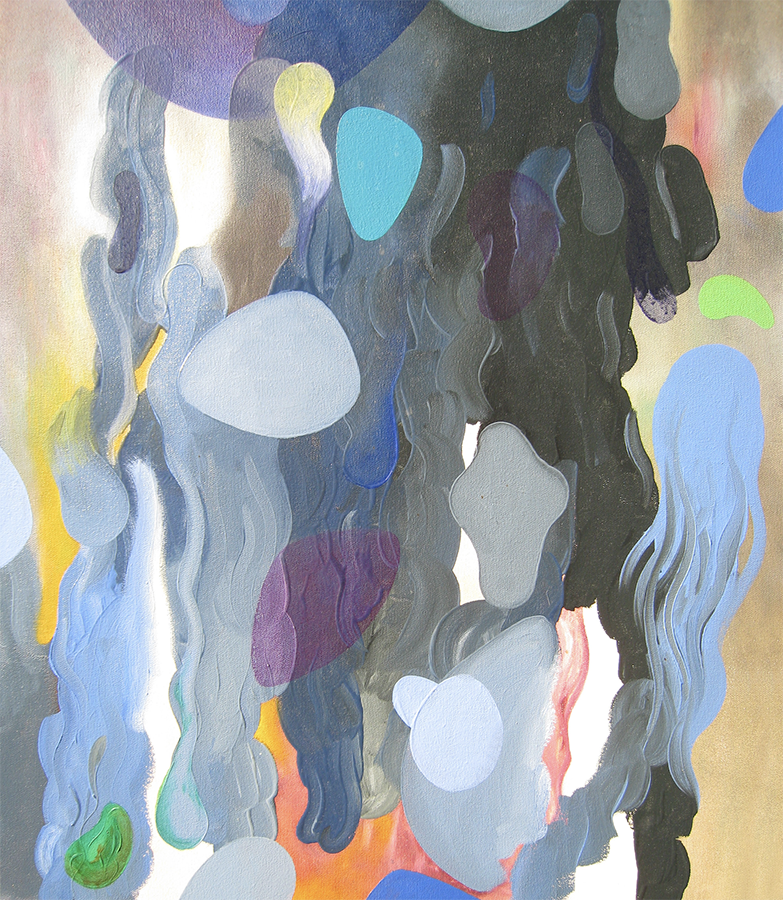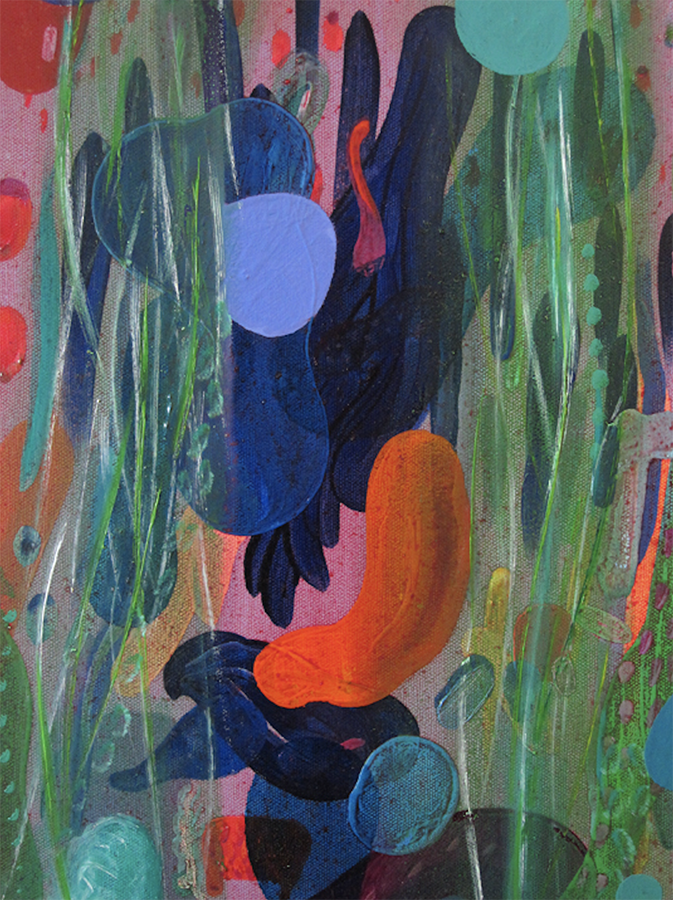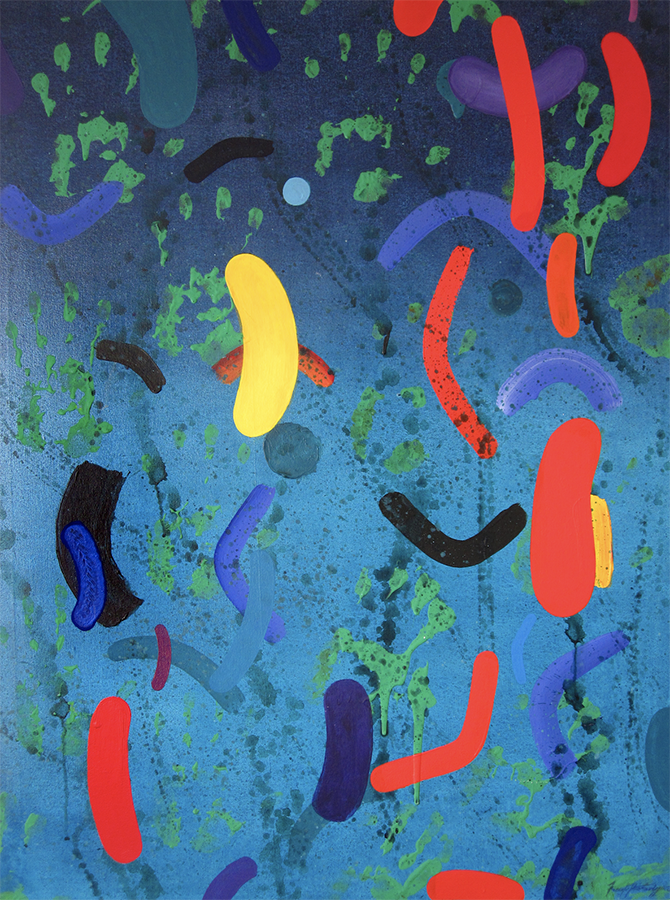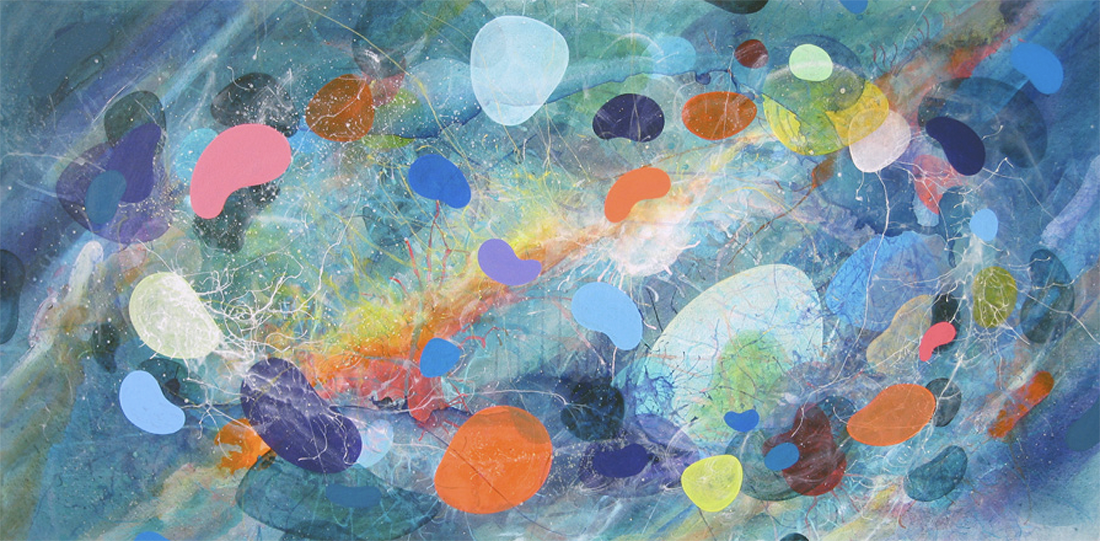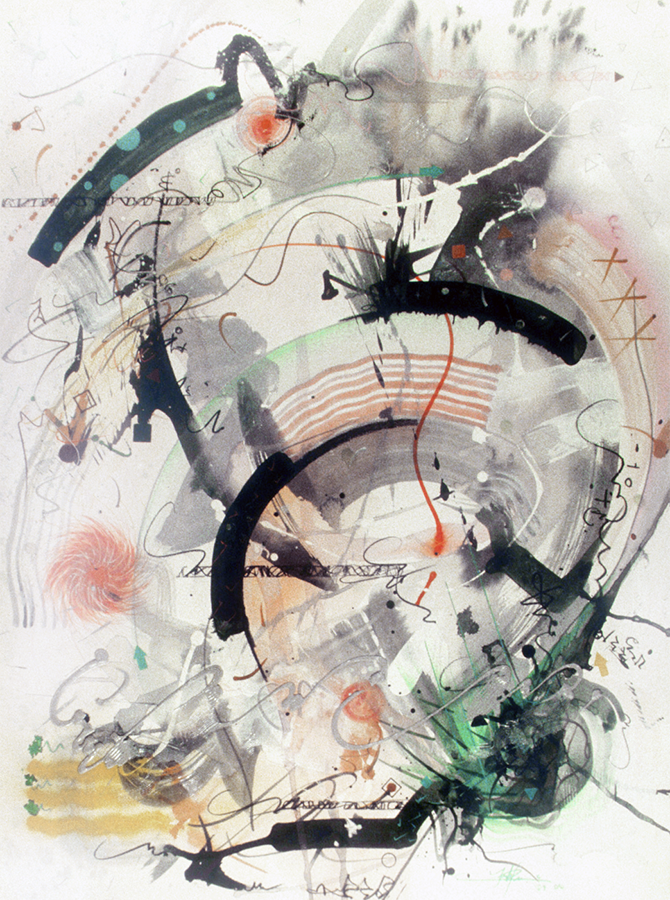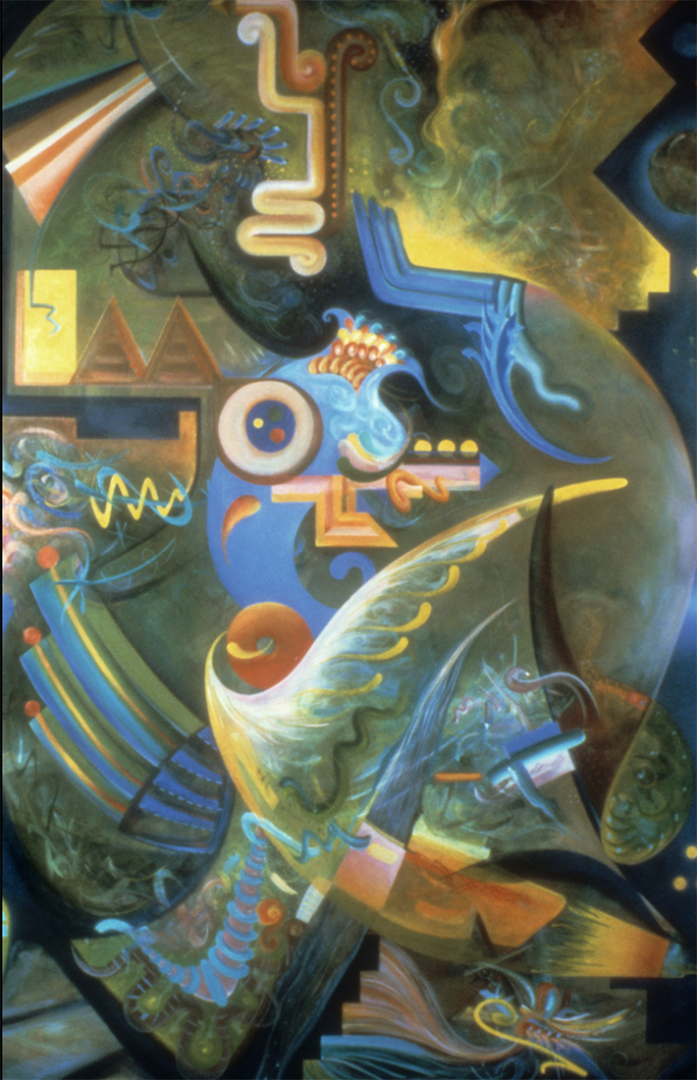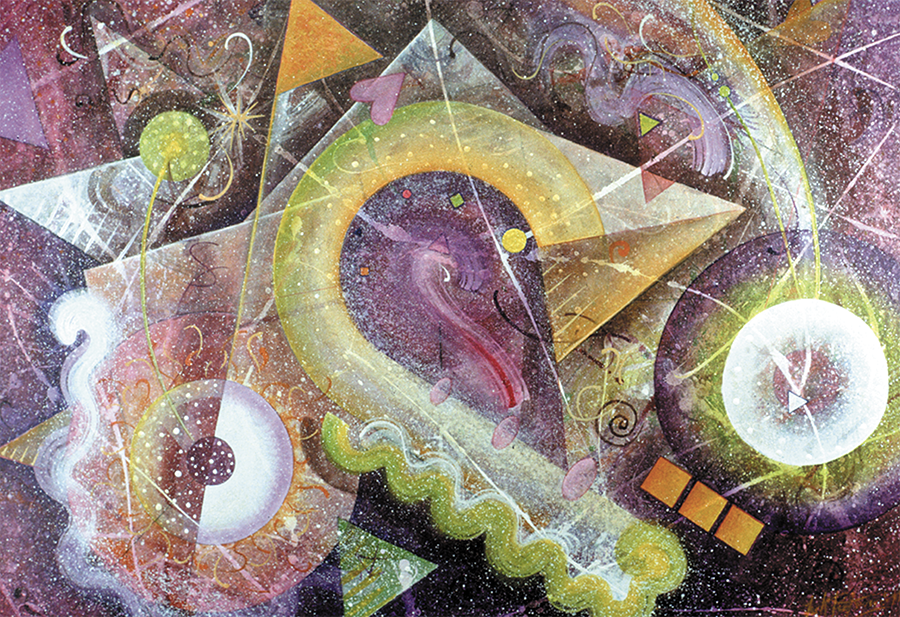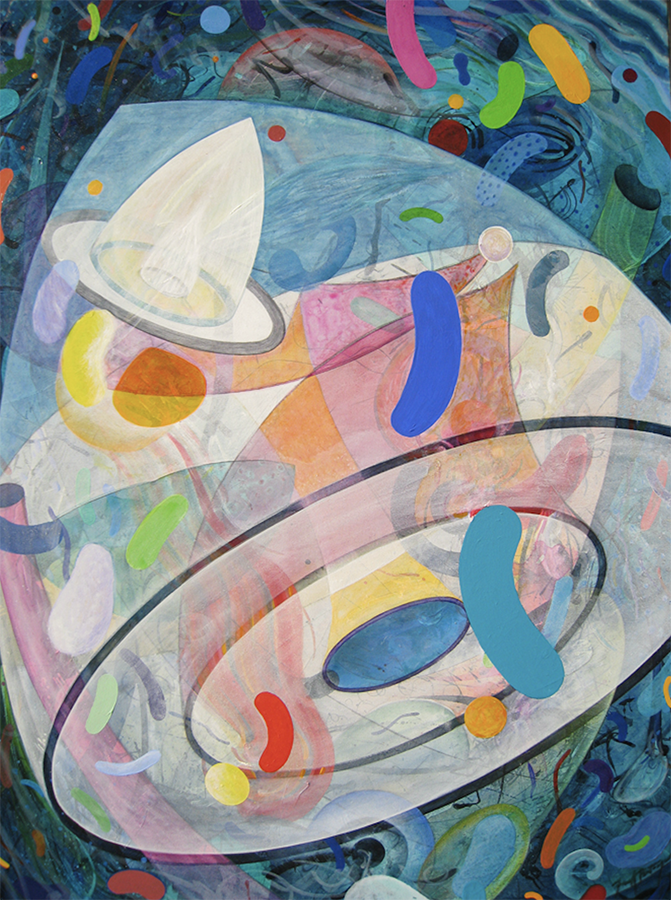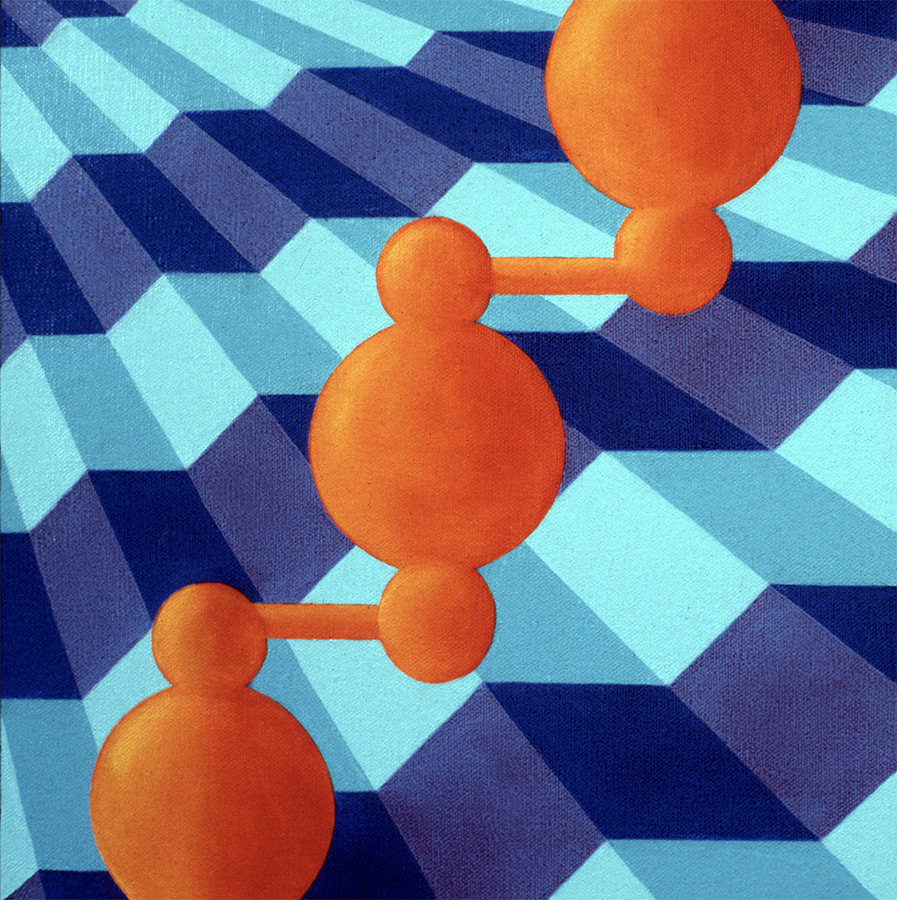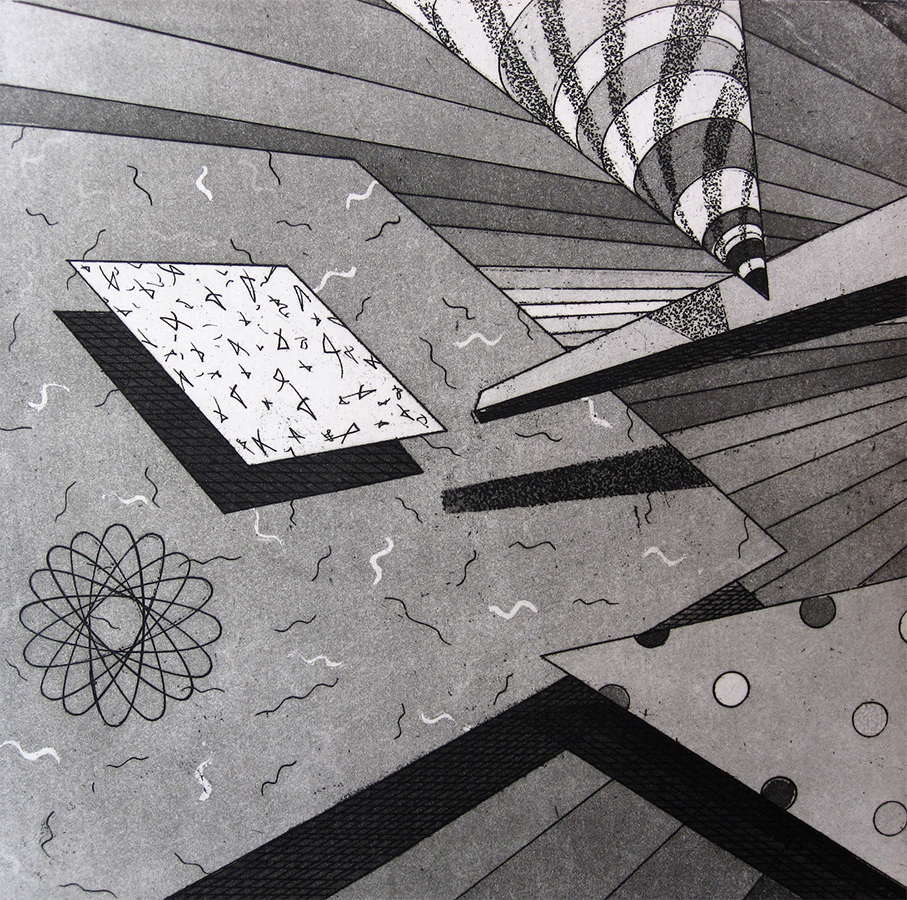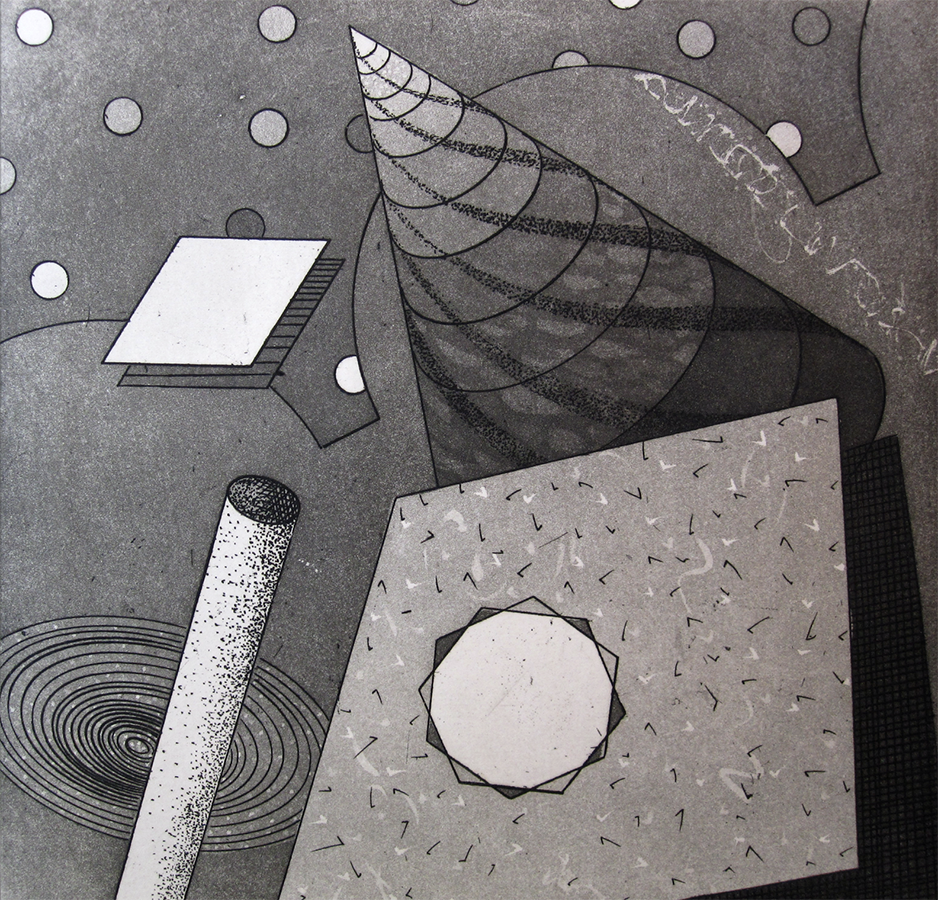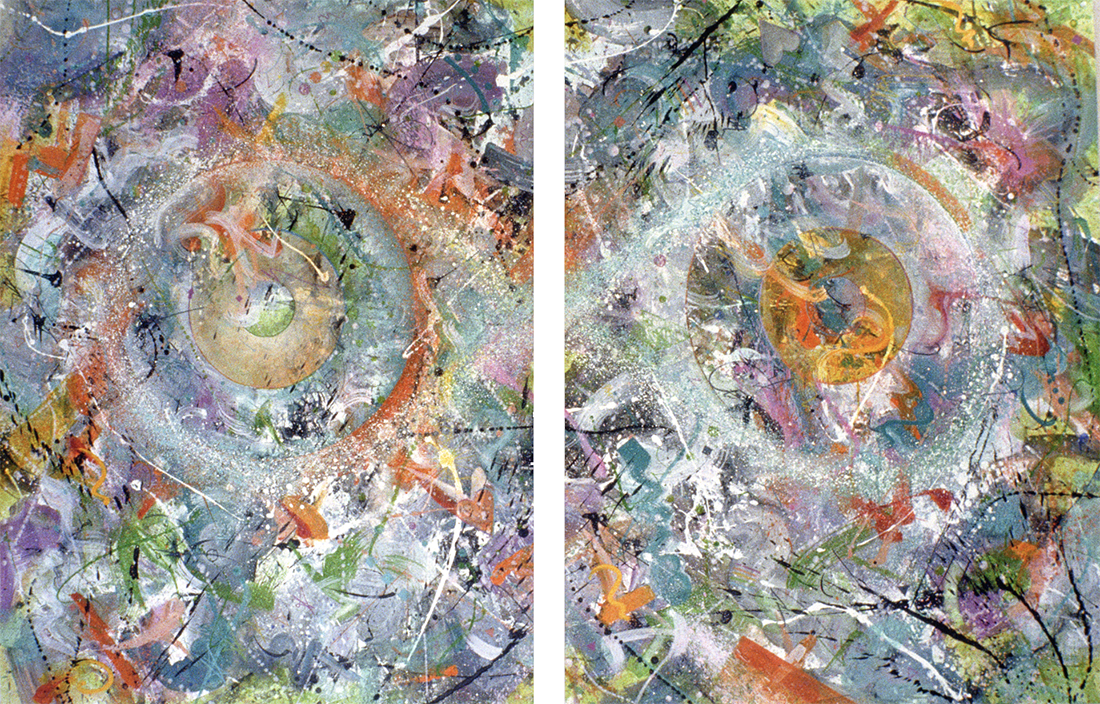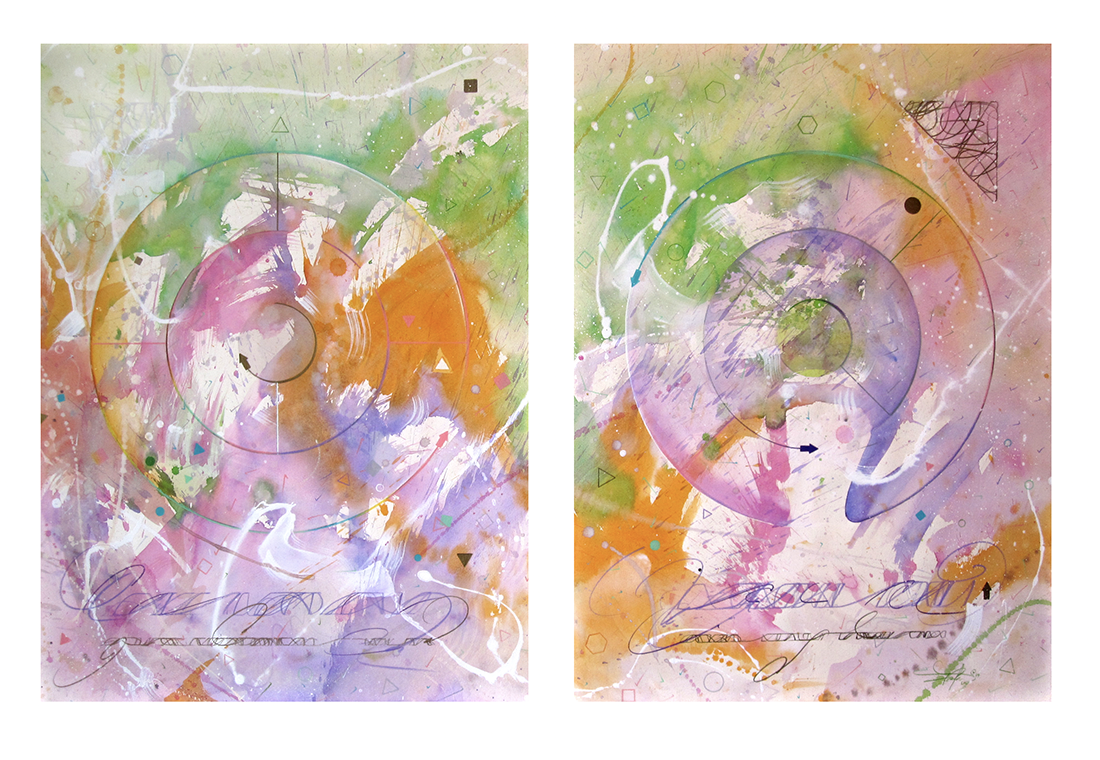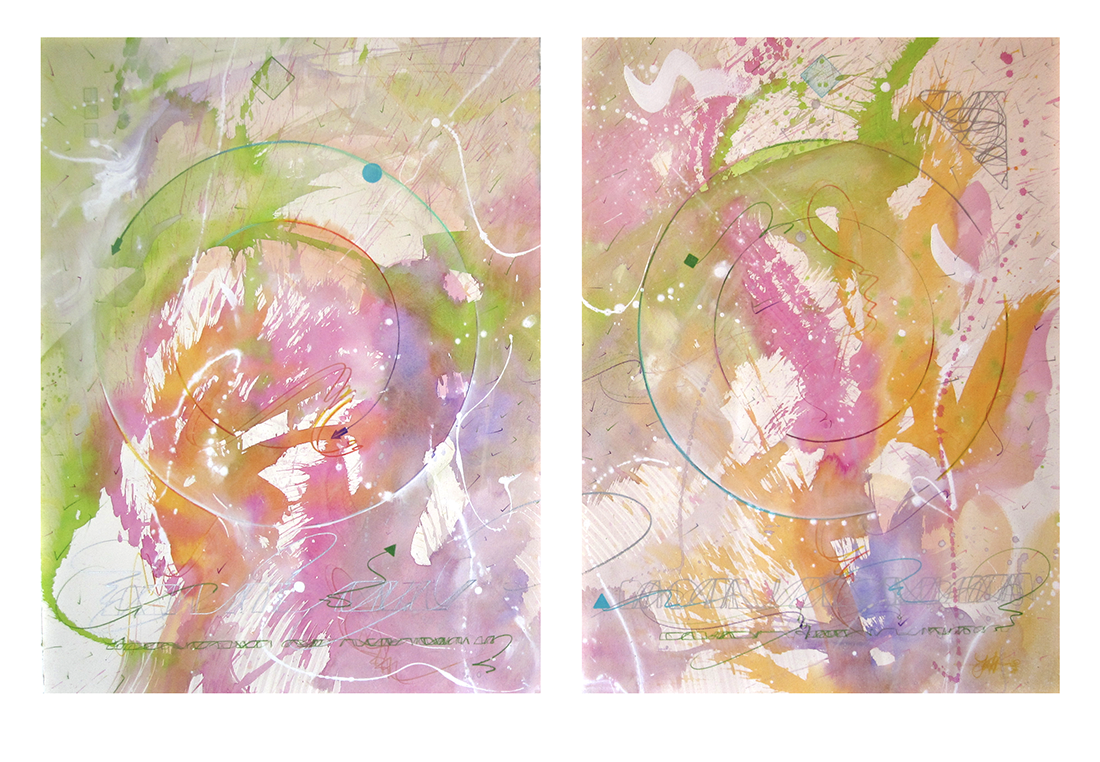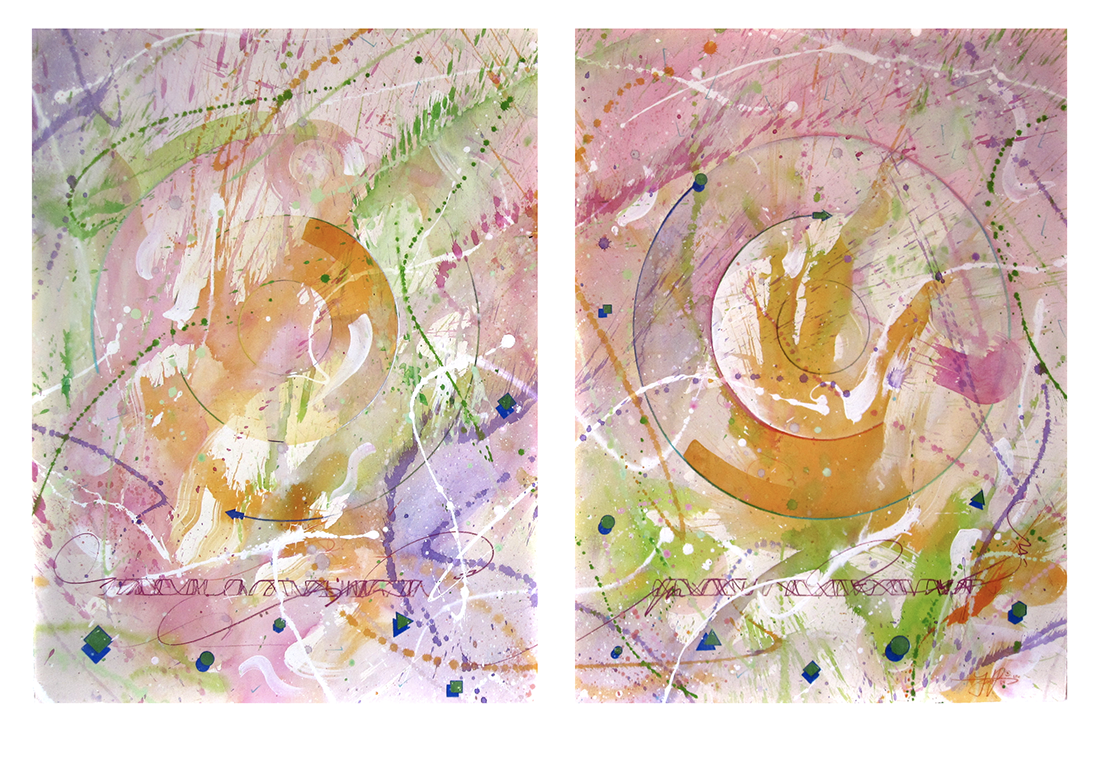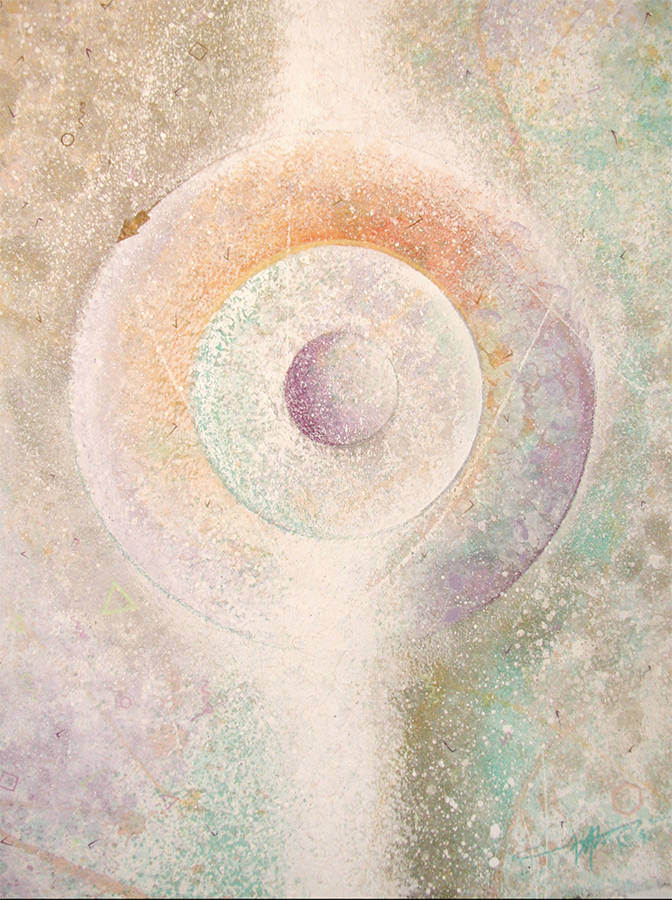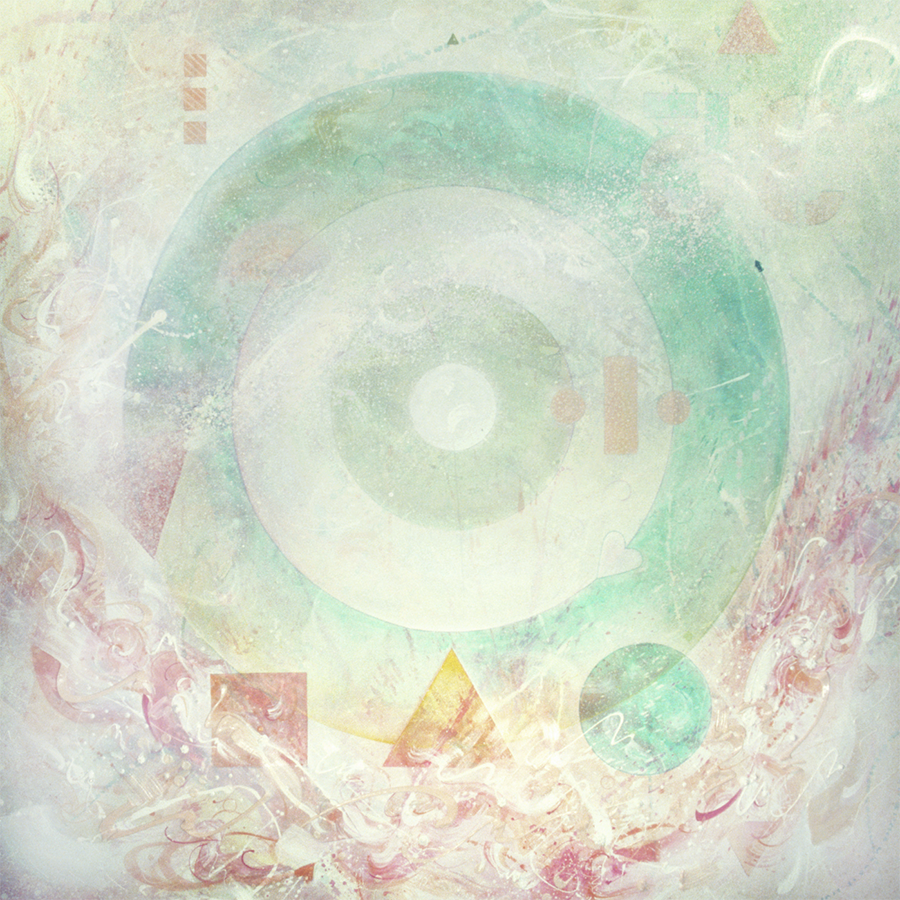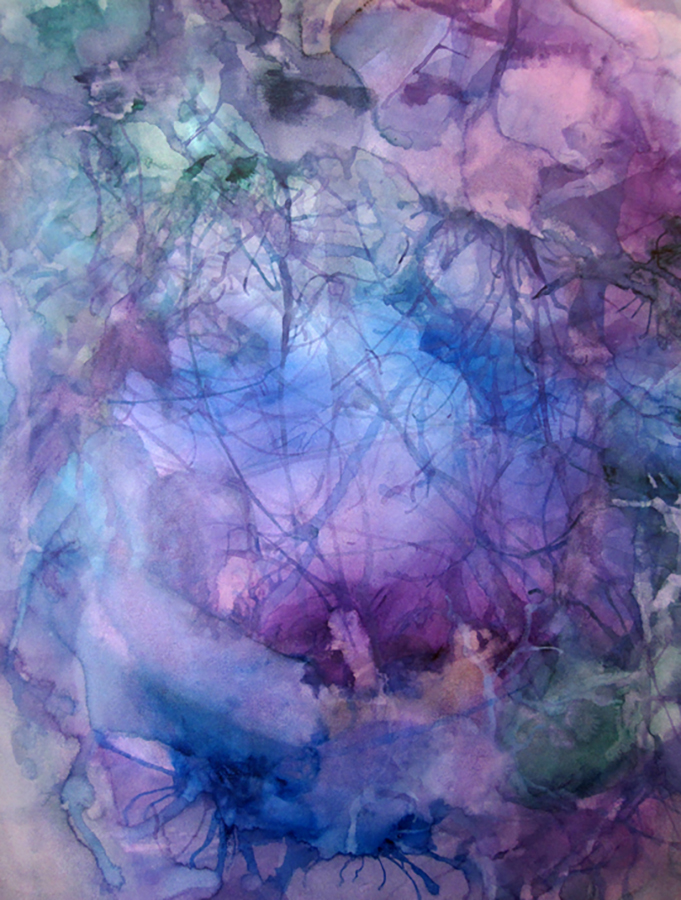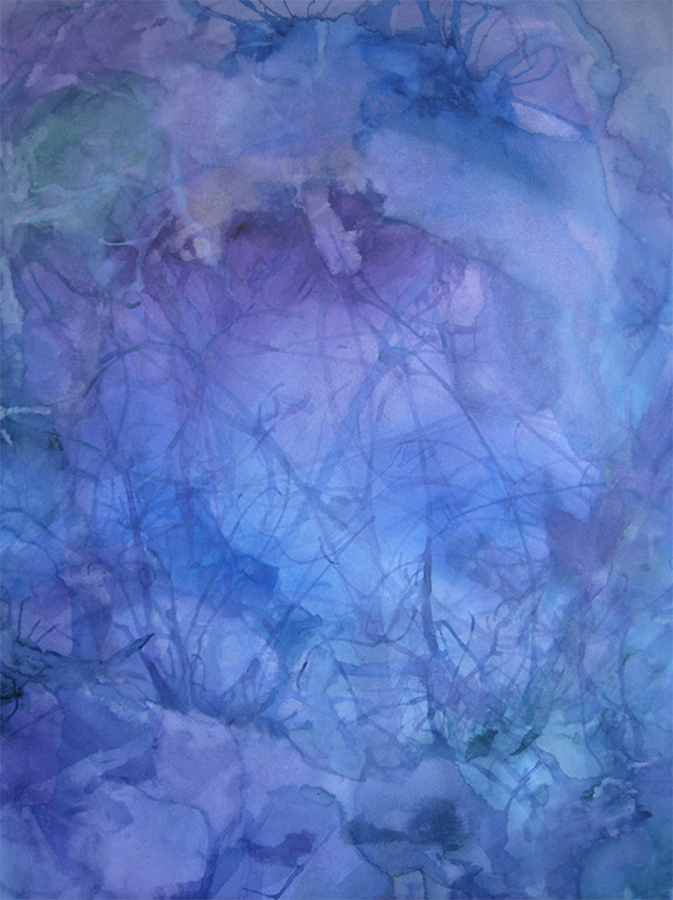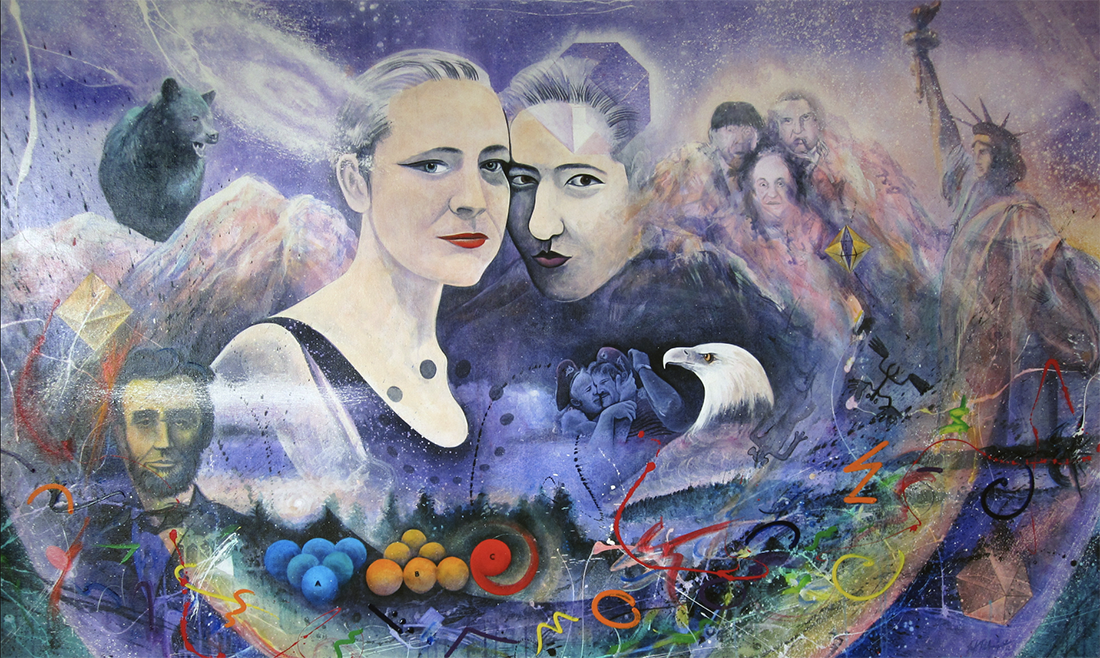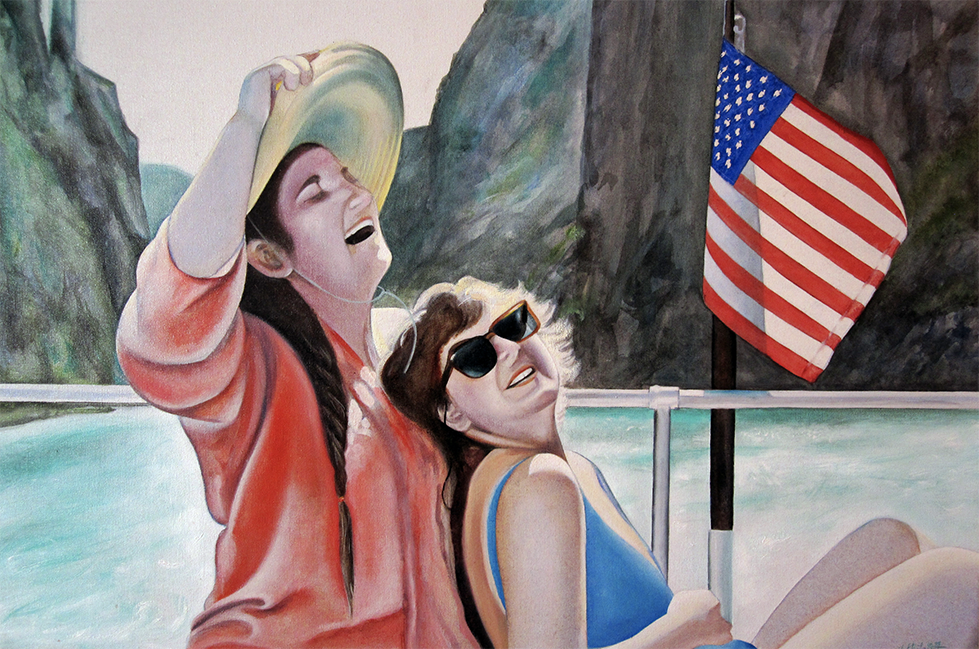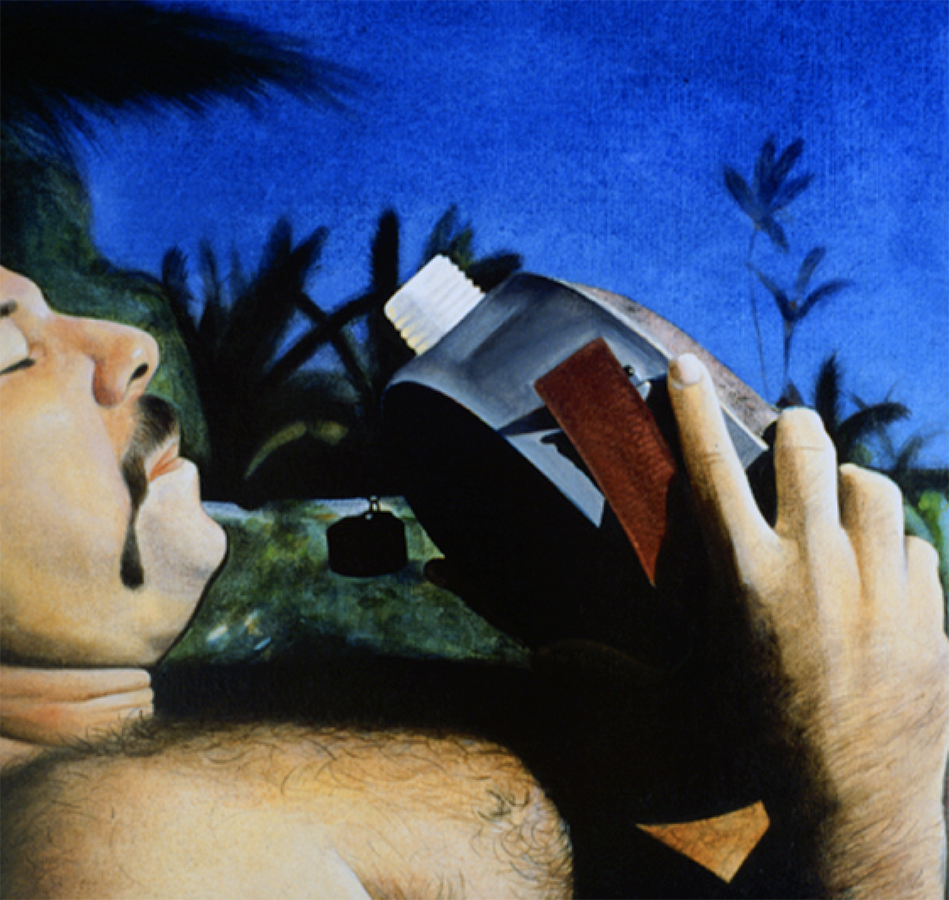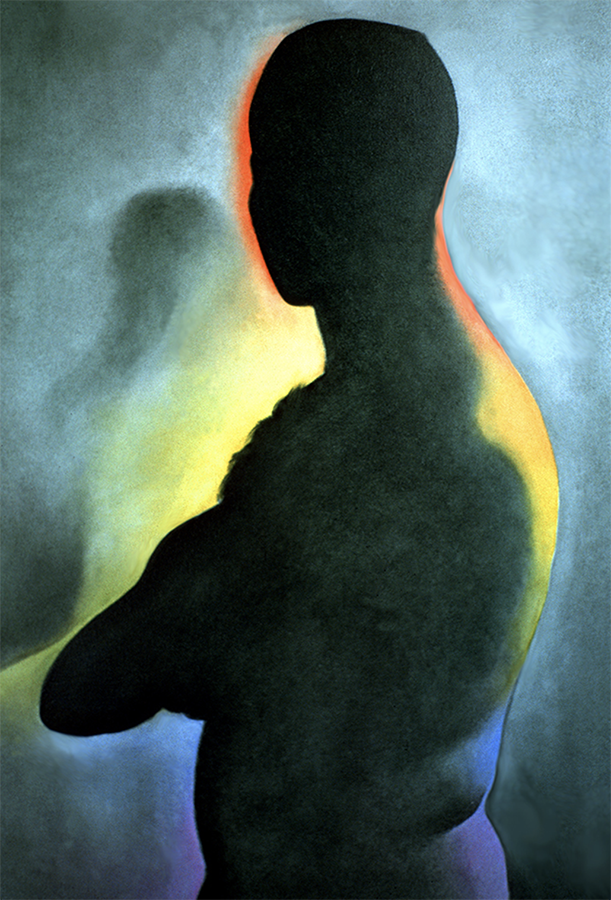In 1998, Frank Pietronigro flew from NASA’s Johnson Space Center aboard a KC-135 turbojet to create “drift paintings” in microgravity. He appropriated modernist painting conventions using similar techniques employed in abstract expressionism, but with the intention of having different outcomes within a postmodern situation.
Listen to my story about the day I created ‘Drift Paintings’ in zero gravity, April 4, 1998, Ellington Field, NASA Johnson Space Center
Pietronigro painted by squeezing rainbow-colored acrylic paints from pastry bags into the space surrounding his body. A 75-inch-high by 48-inch-wide by 52-inch-deep plastic bag was tethered to the interior of the jet using bungee cords and Velcro. This “creativity chamber,” as he called it, was to contain the floating paint while allowing for free-float body movement within the space. Before the flight, Pietronigro filled 10″, 14″, and 18″ pastry bags with acrylic gel medium, at the viscosity of toothpaste. He then used these tools to project the paint into the space surrounding his body.
The resulting paintings were abstract and gestural, with swirls and drips of color that reflected the movement of Pietronigro’s body in microgravity. The paintings were exhibited at the NASA Ames Research Center and other venues.
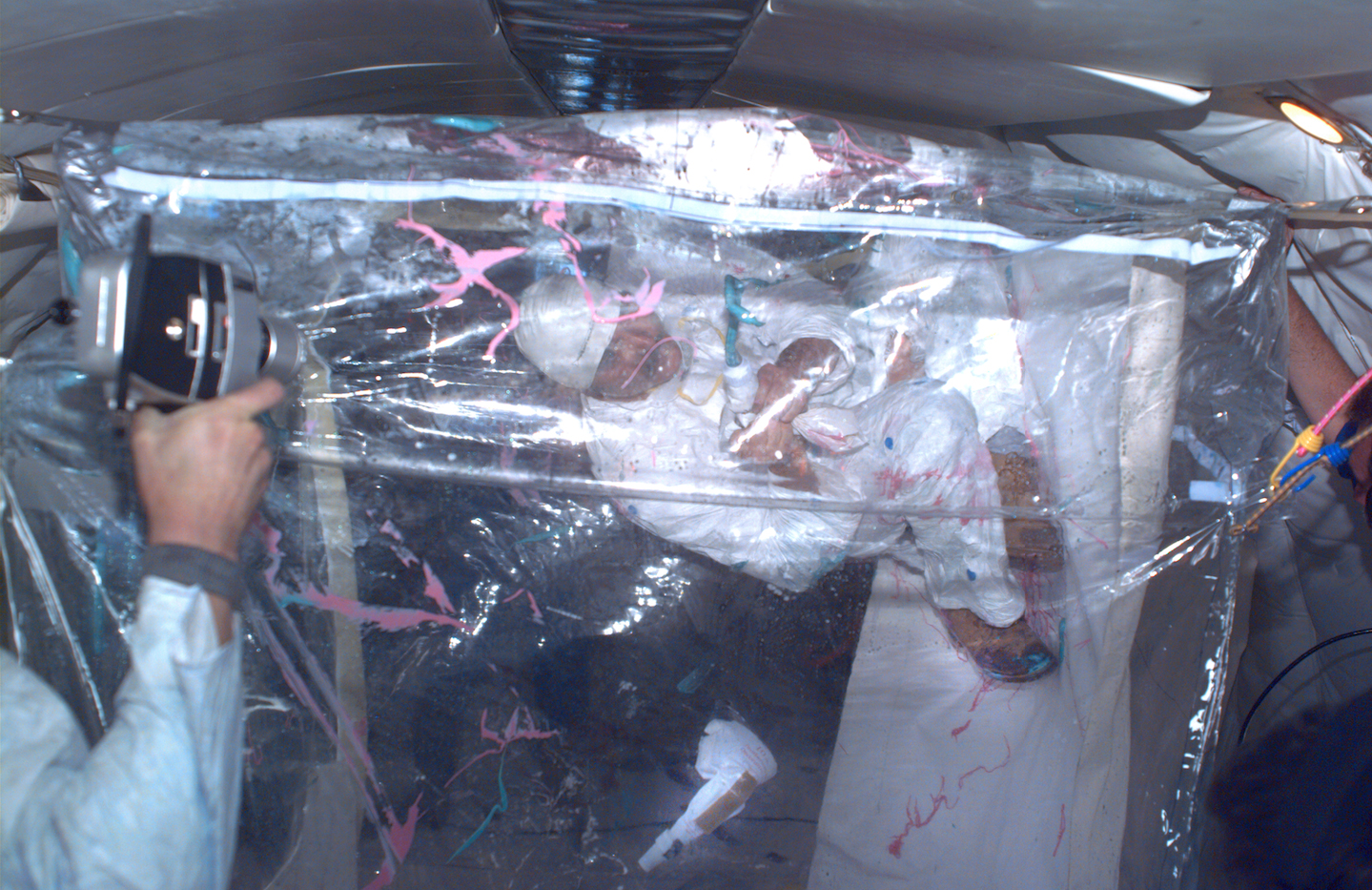
On April 4, 1998, Frank flew out over the Gulf of Mexico from NASA Johnson Space Center, aboard a KC135 turbojet, to experience the awe inspiring sensations of creating art, in zero gravity, as scientific research. The KC135 flew 42 parabolas, diving between 34,000 and 24,000 feet, resulting in 18-25 seconds of weightlessness followed by 40-50 seconds of 2Gs.
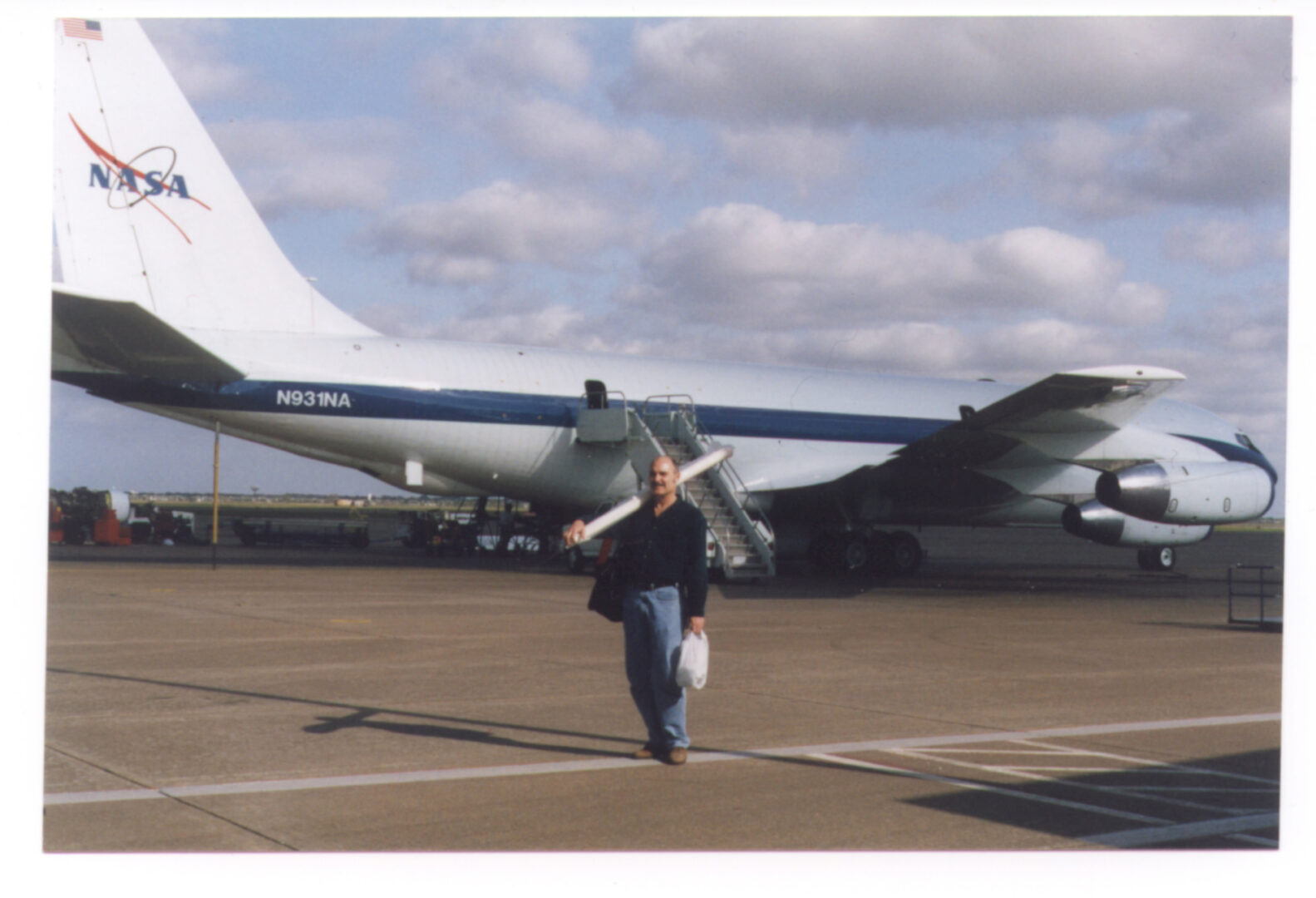
You see me carrying a rolled canvas that I used as a research document rather than a traditional painting structure. The ‘Drift Painting’ was dynamic as it floated in zero gravity with the canvas simply there to catch the remnants of the actual 360 degree painting.
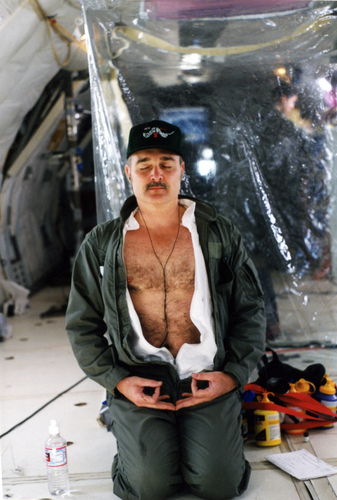
‘Drift Painting’ in Zero Gravity, April 4, 1998
My intention was simple: to eliminate the structural support, the canvas, while creating paintings in midair with my body enveloped into the composition. I intended for technology and microgravity to contribute to the organic development of these kinetic ‘drift paintings’ with spontaneity and serendipity orchestrating the results.
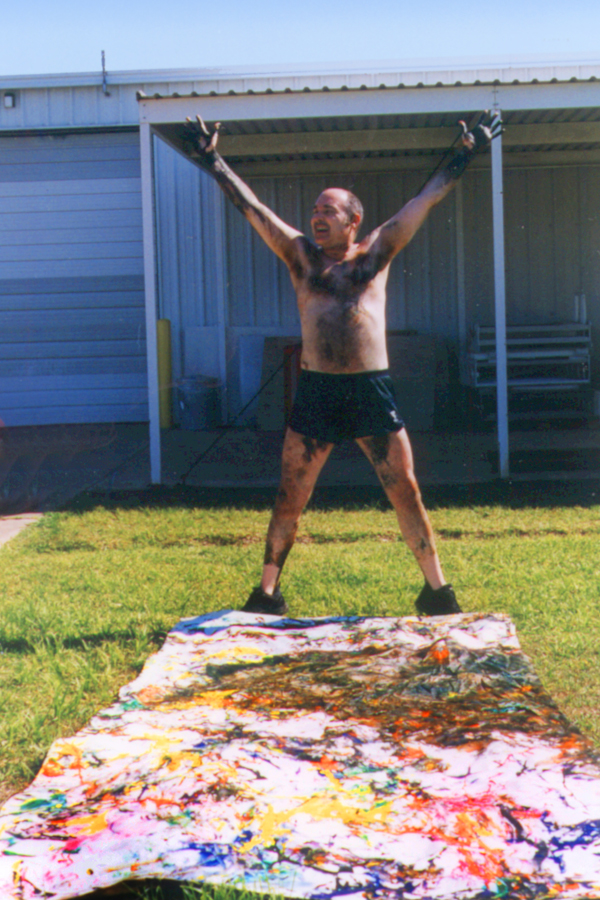
Research Project Number 33: Investigating the Creative Process in a Microgravity Environment was an interdisciplinary action that bridged the sensibility of the artist with the technology of space flight. Conceived in 1974 by Frank Pietronigro, the project enabled the creative processes to be experienced in environments, beyond the confines of gravity. In this case three interdisciplinary works of art were created while dance, drawing and painting.
Research Project Number 33: Investigating the Creative Process in a Microgravity Environment (1998) was created as a part of the NASA Reduced Gravity Student Flight Program a program of the Texas Space Grant Consortium created in collaboration with the California Space Grant Consortium and the San Francisco Art Institute, the first fine arts educational institute affiliated with the National Space Grant.

